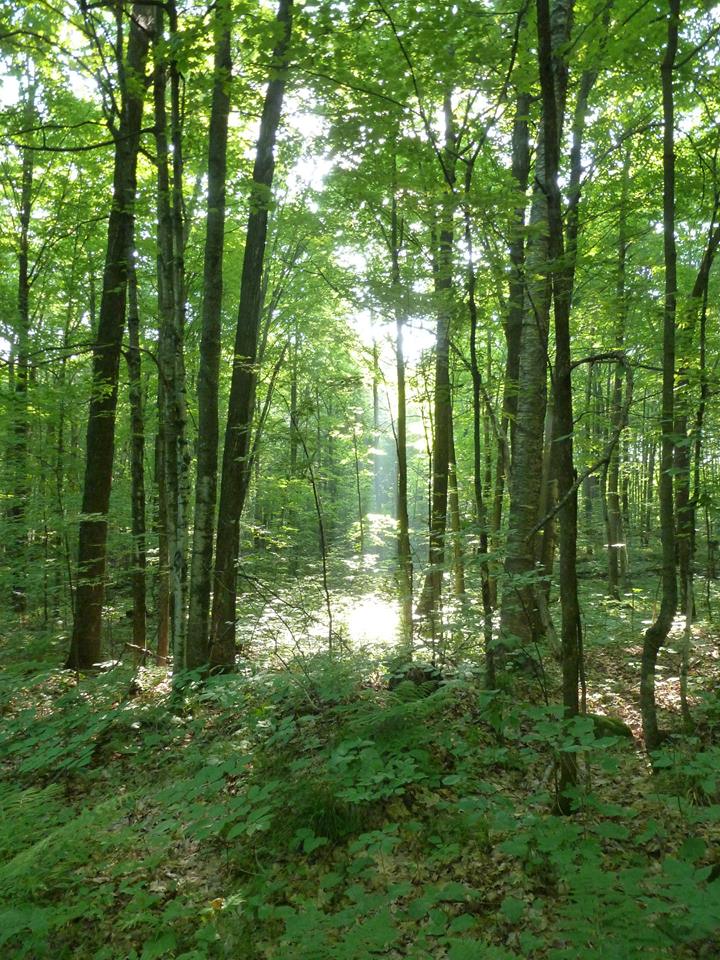I have talked with many woodland owners about the financial programs available to them, and I learned that there are many misconceptions surrounding the DNR Forestry’s Managed Forest Law (MFL) Program. There is so much fear and misinformation surrounding MFL that, at times, I feel like I am defending it rather than touting its benefits.
I think many of the misunderstandings people have with MFL is the notion that they would sign the agreement and forever be at the mercy of the DNR. I do my best to show them that the folks in DNR Forestry do indeed have their best interests in mind and want to see them get the most out of their woodland. And that they can get out of the program at any time. However, there is a cost associated with leaving the MFL early, so it is not a program to be entered without a lot of consideration.
I always start and end my talks about MFL with the statement “this program is not for everyone.” When a landowner signs the agreement and enters into MFL, they will be required to do some activities in their woodland (within the context of how it helps to meet your goals). If that is not for you, then don’t enter into the program.
So here are some of the common misconceptions about the MFL Program, and my attempt to get the facts straight.
Anyone can come on my property and do whatever they want
One of the goals of the MFL program is to expand access to land to residents for recreational purposes. To that end, landowners can choose to have their land open to the public for certain activities for a reduced property tax rate (about $2 per acre). Landowners can also choose to participate in the program and close their land to the public for a slightly higher property tax rate (about $10 per acre). So, you can participate in the program and not be required to open your land to the public.
As to folks being able to do whatever they want on MFL lands, the activities people can do on open property is really limited. Hunting, fishing, hiking, sight-seeing, and cross-country skiing are the only activities allowed by the public on MFL open lands. Those who might be interested in doing one or more of these activities on open MFL land are asked to contact the landowner before they visit their property. That way, the landowner knows who is on their property. Additionally, no motorized vehicles are allowed on open MFL lands unless the landowner allows it.
The state will control my land
Landowners in the program are required to have a management plan developed for their land and follow the prescriptions in the plan. However, the plan is based on their goals for their property, so the required activities identified in the plan will ultimately go towards fulfilling those goals. Additionally, landowners can work with DNR Foresters on adapting the activities to better fit their needs for their property. Administrators of the MFL Program are not inflexible worker drones, and instead want participants in the program to get the most out of the work being done.
Foresters tasked with developing a landowner’s management plan will also examine their woodland for issues related to the health of the trees. Any insect or disease problems that are identified are either addressed immediately or added to the list of activities in the plan that help to achieve the landowner’s goals.
I will have to cut down ALL my trees
Another goal of the MFL Program is to support the forest products industries in the state. To that end, there will most likely be some kind of timber harvest taking place on the lands in the program. Timber harvesting is the most powerful tool landowners have to mold their woodlands to meet their needs. It is also a way to promote the health of their trees and reduce the impacts of wildfires. Timber harvests can be very intensive (I.e., harvesting all the trees within a certain area, also called clearcutting) or light (I.e., selectively harvesting only individual trees within an area).
The prescribed timber harvest depends on the landowner’s goals and the conditions of the forest. If the landowner has mature trees and wants to see more songbirds in their woodland, then a selection harvest would most likely be prescribed. If a landowner is interested in creating the best deer habitat, then a patchwork of small clearcuts might be prescribed. Again, if a landowner is against any kind of timber harvesting taking place on their land, then they should not enter the MFL.
If after reading all of this, you think you might be interested in entering the MFL, then I encourage you to take a look at the website for the program or contact your local DNR Forester to see if it is right for you.
